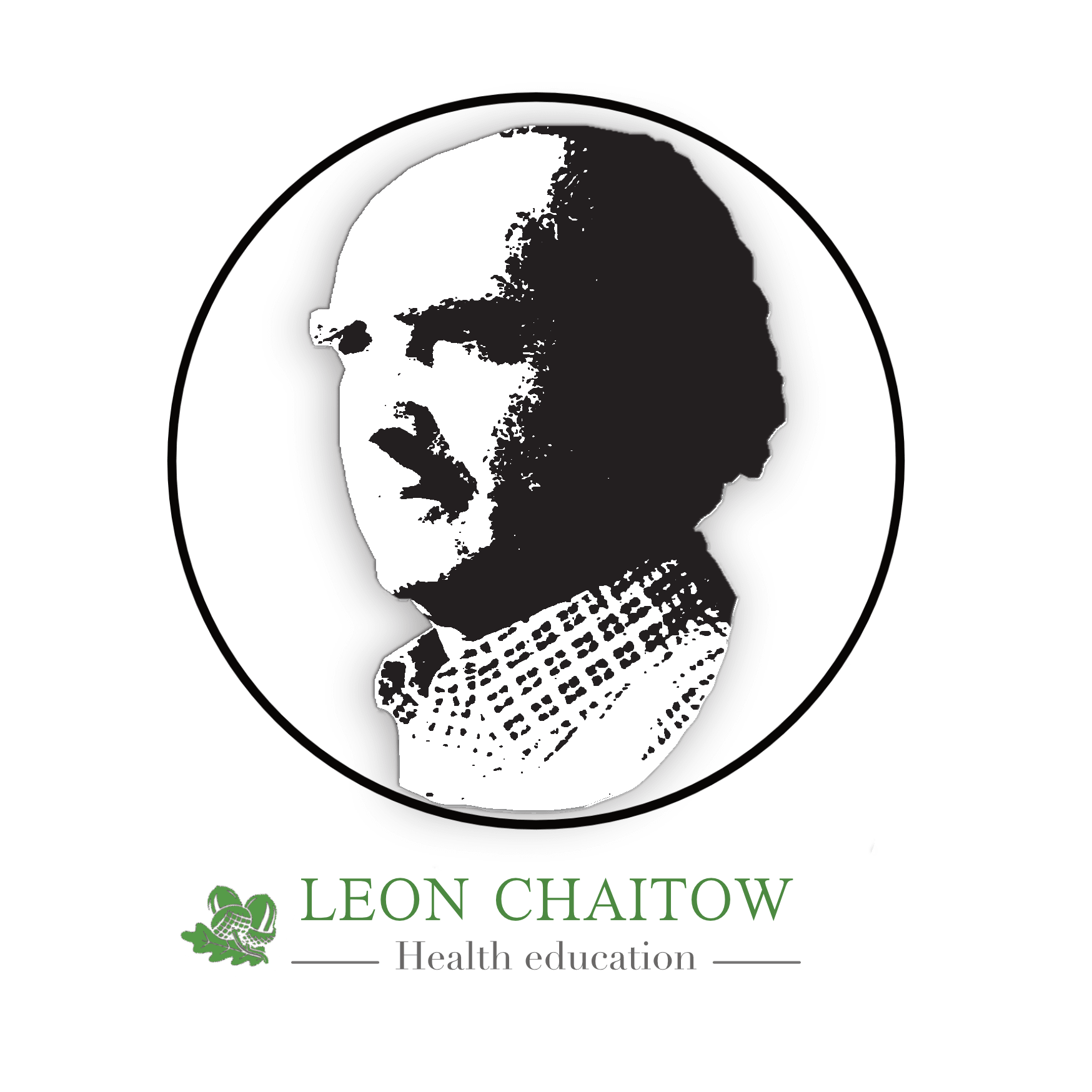The 2 photographs (from the DVD in Muscle Energy Techniques 3rd edition, 2006, Churchill Livingstone) show osteopathic soft tissue techniques (for release of psoas tightness, and for stretching of quadratus lumborum)……while the old drawing is an illustration of osteopathy circa 1898…….
My very first book was titled ‘Osteopathy – Head to toe health through manipulation’ (Thorsons – 1974).
Sometime in 1972. in Rustington, Sussex, an old friend, a lay homeopath and author, Phyllis Speight, suggested to a publisher friend of hers, John Youngs (at that time, owner of Thorsons which he later sold to HarperCollins) that he send his teenage son, David, who had a ‘bad back’, to see me for treatment.
A few sessions later, and John asked me to write a small monograph on the subject, for a series he was publishing on alternative and complementary health systems.
At the end of each working day, after seeing patients for osteopathic and naturopathic attention, Alkmini would create an environment (desk, paper, pencil, cup of coffee) so that I could try to get some words down (long-hand, pencil), which she would patiently type up for me to edit and revise, ready for re-typing (again and again)….until about six months later….a “completed” manuscript was sent for evaluation.
My minimal writing experience showed.
The manuscript arrived back with a terse note that said something such as “good middle….where’s the beginning and the end?”
So, on we went, until triumphantly, a year and a half later, the book appeared……… to little acclaim, and virtually no interest. But it was a start.
As I write this I recall that during the writing process, a patient/friend, Troy Fox did some simple but effective drawings for the book. Tragically she was dying of cancer at the time, and it was with a very mixed set of emotions that I was able to give her children copies of the book, some months after her death.
The next book after this was Acupuncture Treatment of Pain….published in 1976 – and to my amazement it’s still alive and well in the USA!
Over the next 30 years Thorsons published over 40 of my books (their subsidiary HarperCollins India, has just republished 7 of these for that market!) of which about half-a dozen are still in print in the UK.
By the way, anyone interested in the writings of Phyllis Speight will find many of them listed on Amazon, ranging from simple patient guides (including her best selling little text, Before Calling the Doctor) to books for practitioners, such as A Study Course in Homoeopathy.
Phyllis, and her publisher husband Leslie, produced both specialist books, and a periodical magazine ‘Homeopathic World‘, where in the early 1960s I had my very first experience of writing a regular column – on naturopathic topics.
Anyone interested in purchasing the historic curiosity ‘Osteopathy – Head to toe health through manipulation‘ will find some 2nd hand copies are still available on Amazon by clicking on the book title above – at between £2 and £3!
The cover blurb of this little book says:
“The Dangers of Bad Posture” ‘Few people realize that bad posture can cause illhealth. In this book, a practising osteopath gives simple exercises for correcting spinal defects such as stooped shoulders and flat chests, and he details the methods of relaxation for releasing physical tension. Advice is also given on the correct way to walk, sit, sleep and breathe………. (much more blurb)……..’In the study of health and disease no single part of the human body can be considered in isolation, and osteopathic theory is firmly in line with the concepts of Hippocrates. The patient is considered and treated as whole”
Osteopathy started in the late 19th Century in the USA – focusing on normalising the structural component of the human body to allow it to function more efficiently, and to therefore be better able to achieve, maintain and recover health.
In it’s country of origin, the USA, doctors of osteopathy fought for, and ultimately achieved, an equivalence with mainstream medical practitioners (MDs), but in doing so they sacrificed much of their birthright, because the trade-off requiring them to study general medicine – as well as osteopathy – meant a watering down/reduction of emphasis on the primary aspect of osteopathic medicine – it’s focus on human structure.
Osteopathy in the UK, Europe and the rest of the world (Australia, Japan, many countries in Europe including Russia), has taken a different direction – commonly with a focus on musculoskeletal problems (back pain, neck pain etc), but in some instances, holding to the original concept of treating wider health issues osteopathically.
To be sure this has not completely withered in the US as well – where studies have showed the benefits in (say) elderly hospitalized pneumonia patients, of OMT (osteopathic manipulative treatment) – where those receiving these treatments required less medication, and were in hospital for much shorter periods of time.
There are major debates within osteopathic medicine regarding just what direction the profession should take – and in time, if the inspiration strikes, I’ll try to return to some of these issues.
In the meantime, these reminisences have re-emphasised the string of synchronistic events, chance encounters, minor (at the time) decisions, pain, hope, encouragement, determination – and how all of these strands combined to ease me along a path that was not consciously chosen, but which in many ways seems to have been predetermined.
Perhaps I should write a book about it?
Reference
Noll DR, Shores JH, Gamber RG, Herron KM, Swift J Jr. 2000 Benefits of osteopathic manipulative treatment for hospitalized elderly patients with pneumonia. J Am Osteopath Assoc 100(12):776-82.



